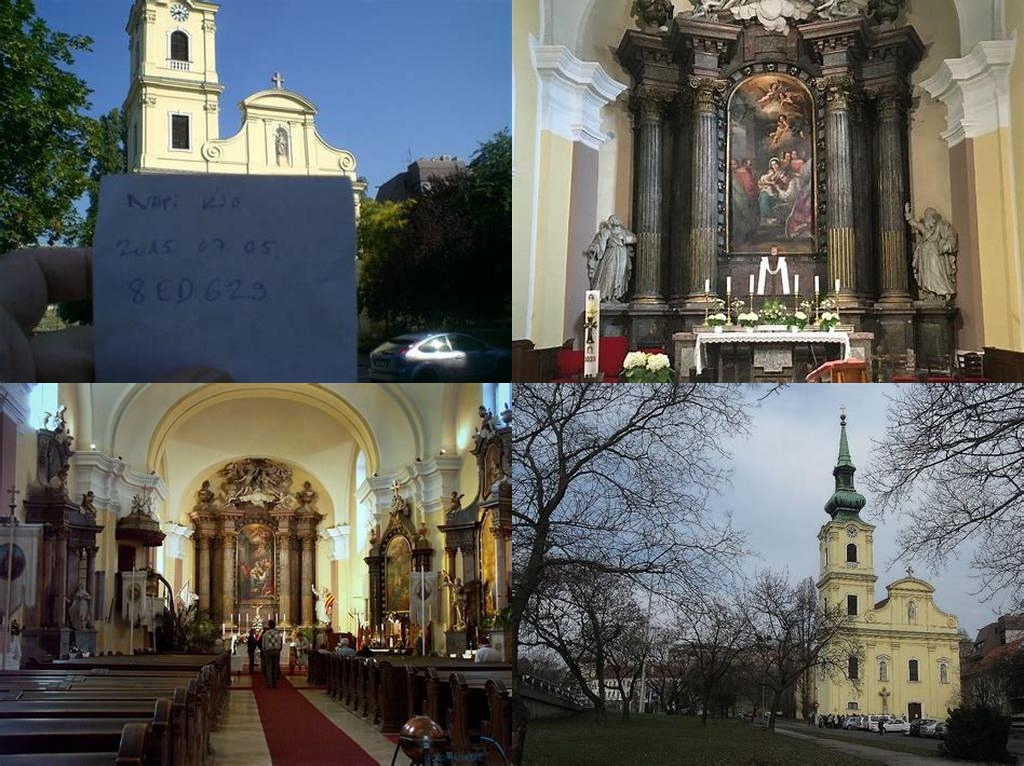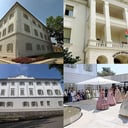
Tabáni római katolikus templom—or the Tabán Roman Catholic Church, to those who haven’t encountered Hungarian yet—is a small but spirited slice of Budapest’s layered history, tucked quietly away at the foot of Gellért Hill. This understated church is one of those city secrets that’s easily missed in favor of Budapest’s grander, well-publicized attractions. Yet, if you wander through the slopes and winding lanes of Tabán, you’ll stumble into a place that has witnessed—and, in its own way, survived—so much transformation.
Step through the modest exterior and you land in a bright, almost intimate nave—there’s nothing intimidating here. Instead, there’s a tangible sense of continuity. The church’s timeline predates even its own stonework. The earliest mention of a church on this site dates back to the Middle Ages, but what stands now is grounded in the energetic era of the early 18th century. The neighborhood of Tabán was bustling with Serb settlers after the Ottoman occupation, and the first stone of the new church was laid in Tabán around 1728. Locals gathered, stones rose, and soon a Baroque structure dominated the area—a beacon for the Catholic faithful amid Tabán’s ethnic patchwork.
You can thank the architect Andreas Mayerhoffer for some of those splendid details, as he lent his expertise around 1748 during the church’s expansion. The church’s spire, that handsome landmark you spot from a distance, was added later; the signature bulbous dome is pure 18th-century flourish, crowned with a cross that’s watched Budapest be both burned and rebuilt countless times. Take a moment to look up at the organ loft. The interior, though not as exuberant as St. Stephen’s Basilica, rewards the observant: fragments of old frescoes, stucco garlands, warm late-afternoon light filtering through tall windows.
Tabán itself has been through waves of demolition, especially the catastrophic urban redesigns of the 20th century. The district’s once-crowded streets and wine taverns are mostly memory now, but the church endured—and that alone gives it a certain gravitas. Imagine how many languages and prayers these walls have heard! From the early Serb community to the mixed-bag of Germans, Hungarians, and even a few Slovaks, Tabán was a crossroads neighborhood. When much of the neighborhood was bulldozed in the 1930s, the church stayed put, stubbornly holding its ground as a reminder of what Budapest used to be.
One tip: look for the statue of St. John of Nepomuk nestled beside the church—a reminder of the close relationship this district had with the Danube and its many floods. The churchyard itself is a surprising pocket of greenery, a rare respite so close to the city center. It’s often quiet here, with only birds and the occasional visitor for company.
If you time your visit right, you might just catch the faint notes of a choir rehearsal, or watch an elderly local pause for reflection in one of the pews. It’s the kind of authenticity that can’t be manufactured; it only comes from centuries of being at the heart of a neighborhood—surviving war, urban upheaval, and the relentless evolution of a city that can barely sit still. The next time you find yourself in Budapest, leave a little space for the Tabáni római katolikus templom: not only as a checkpoint on a sightseeing list, but as a living page from the city’s endlessly fascinating story.





